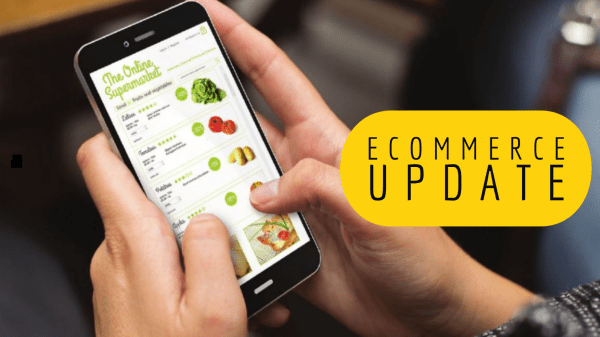Covid, that major disruptor, gave a shot in the arm to online grocery sales. Various consumer surveys show that approximately half of all U.S. adults shop for groceries online at least sometimes.
At the beginning of the pandemic storm, grocers scrambled to find solutions to meet the unprecedented demand for delivery and store pickup services. Now in the third year of the pandemic, the dust has settled.
Evolving Consumer Behavior
While Covid is still a threat, many of the answers to questions about “postpandemic” consumer shopping behavior have become clearer, including how shoppers view the services offered, how they use them, and how online sales impact fresh produce purchases.
What has become apparent is that ecommerce is driven by more than Covid fears. In a January 2022 survey by Chicory, a New York City-based digital shopper marketing platform, only 10 percent of respondents reported health or safety concerns as the primary driver of ordering groceries online.
Some 46 percent cited convenience and/or time constraints. The survey did not find drastic differences in online shopping behavior by age or gender, although those 60 and older were slightly more likely to shop every few weeks as opposed to weekly or daily.
Pantry staples and supplies made up about one-third of respondents’ online grocery purchases, while meat, dairy, and snacks comprised 35.6 percent. Produce constituted 16.6 percent of purchases.
Bob Morales, principal and produce team leader for Chicago, IL-based Information Resources, Inc. (IRI), believes the increase in online grocery shopping spurred on by the pandemic has benefited the fresh produce sector.
“The pandemic forced people to do something for the first time, and they enjoyed the convenience,” he notes, adding that online shopping just adds another avenue to utilize. “The different channels meet different needs.”
Omnichannel Shoppers
What has emerged is the hybrid or omnichannel grocery shopper who purchases groceries in person and online from multiple outlets.
Retailers covet these hybrids because they spend 1.5 times more on groceries than in-store-only shoppers, according to dunnhumby’s Consumer Data Tracker.
Albertsons Companies’ CEO Vivek Sankaran noted in an interview with Progressive Grocer that “omnichannel households spend three times more with us than in-store-only shoppers.”
Ecommerce purchases are generally large as consumers use online to stock up on items. In-store purchases tend to be more oriented to quick pickups. The purchase cycle is twice as long for internet versus in-store—22 days for internet and 11 days for in-store, Morales says.
Shoppers are also more likely to build their shopping lists using online carts. This could be an issue for some fresh produce items, due to seasonality. People tend to reorder what has previously been on their list, making shoppers less likely to add new items.
“Shopping online also is more calculated,” says Morales. He contends that it’s easier to stick with a budget because shoppers can determine the total cost of their basket before going to checkout and delete items they deem unnecessary.
This is an excerpt from the Applied Technology department in the November/December 2022 issue of Produce Blueprints Magazine. Click here to read the whole issue.



